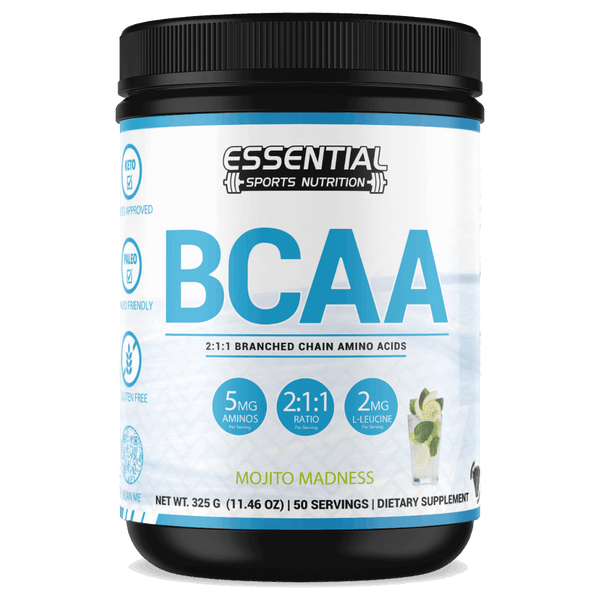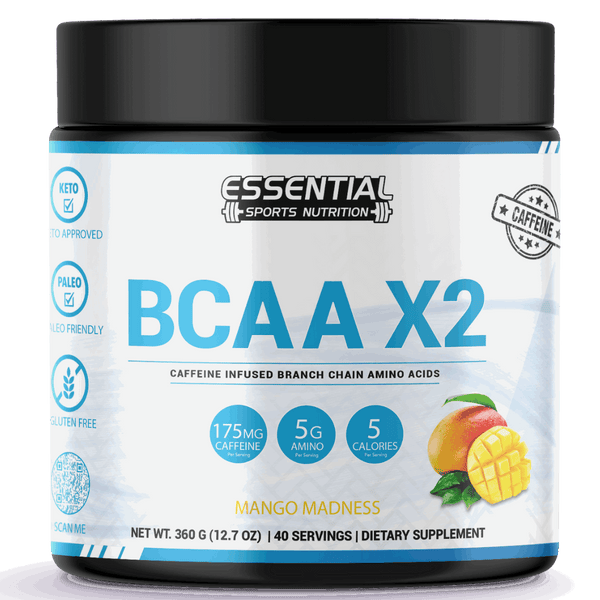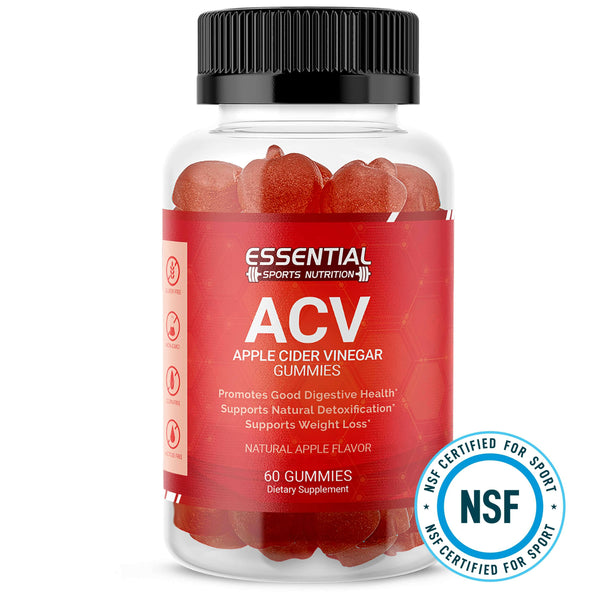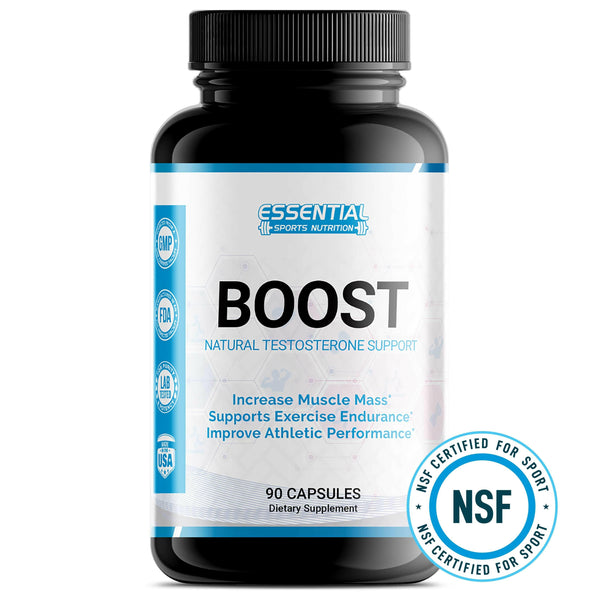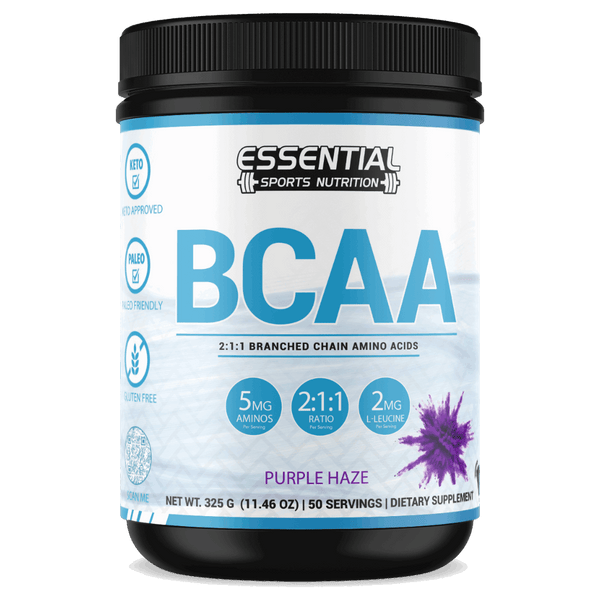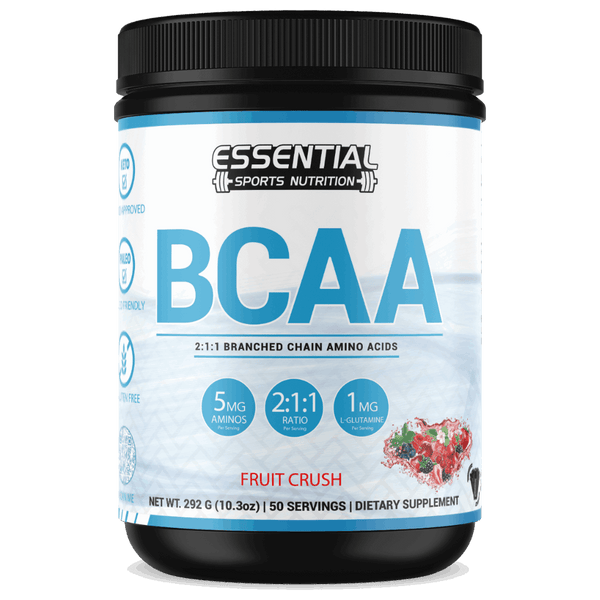Cupping Therapy vs Acupuncture: Two Methods that Promise Pain Relief
You're on a wellness journey, weighing the benefits of alternative medicine, and you've encountered two prominent players: cupping therapy and acupuncture. Each has deep roots in traditional Chinese medicine and has climbed the ranks of popularity in the West, igniting a health showdown that beckons your curiosity. As complementary and alternative medicine practices gain more followers, you might wonder which of these ancient therapies could better serve your health needs.

Both therapies aim to heal and offer a path away from conventional treatments. Cupping therapy, with its intriguing circular bruises made famous by athletes like Michael Phelps, promises muscle relaxation and improved blood flow. Meanwhile, acupuncture, a therapy that involves the gentle insertion of needles at strategic points, claims to correct energy imbalances and enhance the body's natural healing responses. Choosing between cupping therapy and acupuncture can be an integral part of your health regimen, but understanding their differences is crucial to making an informed decision tailored to your personal needs.
Key Takeaways
-
Traditional Roots: Both cupping therapy and acupuncture stem from traditional Chinese medicine, offering holistic health benefits.
-
Popularity Boost: The rise in popularity among athletes and celebrities has put cupping therapy in the spotlight, while acupuncture remains a time-tested favorite.
-
Methodology Distinction: Cupping utilizes suction on the skin, whereas acupuncture involves the strategic insertion of needles.
-
Customized Health Strategies: Depending on individual health goals, one may be more suited to address specific wellness concerns than the other.
-
Anecdotal Evidence: Personal testimonials offer insights into the efficacy of these practices, despite the need for more scientific research.
-
Safety First: Understanding the potential risks and consulting with professionals is essential for safety in complementary therapies.
-
Personal Choice: Your choice between cupping therapy and acupuncture should be informed by your unique health needs and preferences.
Unveiling the Practices: What is Cupping Therapy?
Embarking on a journey through the ancient art of healing, we explore the foundations of cupping therapy—a technique that has stood the test of time to provide muscle relaxation, enhance blood flow, and improve athletic performance among other benefits. But what exactly is this therapy, and why has it seen a resurgence in popularity, particularly among elite athletes and health-conscious celebrities? Let's uncover the core aspects of cupping therapy that have charmed the wellness world.
The Fundamentals of Cupping Therapy
At its essence, cupping therapy is a form of alternative medicine where cups are placed on your skin to create suction. This suction is believed to mobilize blood flow and encourage the healing of a broad range of medical ailments. The practice is anchored in enhancing circulation, promoting relaxation and deep tissue repair, and fostering general well-being. As an ancient therapy, it contributes to the holistic realm of healing by targeting the physical and energetic structures of the body.
Varieties of Cupping: Dry and Wet Techniques
When you delve into the world of cupping, you will discover there are primarily two types: dry cupping and wet cupping. Dry cupping, the more common form, involves simply placing the vacuumed cups on the skin. Wet cupping goes a step further by making small incisions to draw out a small quantity of blood, believed to remove harmful substances and toxins from the body. Both techniques are rooted in the idea that therapy can target deep tissue, alleviate stagnation, and improve overall health.
The Popularity Surge Among Athletes and Celebrities
The unmistakable marks of cupping therapy have been spotted on the physiques of numerous high-profile figures, signaling a popular trend in the pursuit of peak wellness and athletic performance. This buzz is not just about fashion—it's about results. From Olympians to Hollywood stars, the endorsements of cupping therapy's benefits have shone a spotlight on its inherent role in maintaining an active and balanced lifestyle.
To provide a clearer understanding of the modality's specific uses, here's a table showcasing the typical applications of the two primary cupping techniques:
| Application | Dry Cupping | Wet Cupping |
|---|---|---|
| Muscle Relaxation | High | Moderate |
| Pain Management | Widely used | Used in certain conditions |
| Detoxifying Effect | Limited | Prominent |
| Frequency of Use | Regular sessions | Less frequent |
| Athletic Recovery | Favored for quick relief | Used for deeper healing |
Through understanding what cupping therapy is and its underlying principles, you're now equipped with insights into why this ancient therapy continues to weave its narrative into modern wellness practices. As you consider exploring the unique advantages of cupping therapy for yourself, you're following in the footsteps of many who have sought its famed therapeutic touch throughout history.
The Ancient Art of Acupuncture

Steeped in tradition and revered for its holistic effects, the ancient art of acupuncture remains a cornerstone of traditional Chinese medicine. This time-tested therapeutic approach aims to harmonize the body's energy flow, fostering body healing and well-being. As you explore acupuncture treatment, you'll discover how this ancient technique can offer various acupuncture benefits, far beyond what you might expect from its subtle, yet precise practice.
Acupuncture and Its Therapeutic Approach
The philosophical underpinnings of acupuncture rest on the belief that a vital energy, or "Qi" (pronounced "chee"), flows through your body along invisible pathways known as meridians. It's thought that when this energy flow is blocked or unbalanced, it can lead to illness. Enter the therapeutic approach of acupuncture: through the strategic insertion of fine needles into specific acupuncture points, acupuncturists seek to rebalance your Qi and trigger your body's natural healing response.
Understanding Acupuncture Points
There are more than just a handful of acupuncture points spread across your body, each with its own purpose and influence on your health. By meticulously stimulating these points, practitioners can address a plethora of health concerns, ranging from chronic pain to digestive disturbances. This curated interaction with your body's meridians is what makes acupuncture a deeply individualized and targeted treatment, aligning with the principles of traditional Chinese medicine to promote energy flow and holistic healing.
| Acupuncture Point | Location | Common Use |
|---|---|---|
| LI4 (Hegu) | Back of hand, between thumb and index finger | Pain relief, stress reduction |
| LV3 (Taichong) | On the foot, between the big toe and the second toe | Calming the mind, alleviating headaches |
| SP6 (Sanyinjiao) | Above the ankle, on the inner leg | Promoting digestion, soothing menstrual pain |
| AP (Auricular Points) | Various points on the ear | Addressing addiction, bolstering weight loss |
Engage with the expertise that acupuncture practitioners offer and you might tap into an enhanced state of health. Whether you're pursuing relief from specific ailments or seeking general wellness, acupuncture can be an elemental part of your journey toward healing.
Comparing Methods: Cupping Therapy vs Acupuncture
When you're exploring complementary therapies in the realm of alternative medicine, you may find yourself comparing methods like cupping therapy vs acupuncture. Understanding the differences between cupping therapy and acupuncture can guide you towards the right choice for pain relief and muscle tension alleviation. Here's a closer look at the distinctive features of each therapy.
-
Cupping Therapy: An ancient form of alternative medicine where cups are put on your skin for a few minutes to create suction. It's touted for relieving pain, inflammation, increasing blood flow, and as a type of deep-tissue massage.
-
Acupuncture: This ages-old practice involves inserting very thin needles through your skin at strategic points on your body. It's primarily used to relieve discomfort associated with a variety of diseases and conditions, including migraines, labor pain, and chronic pain, amongst others.
While both cupping therapy and acupuncture have their roots in traditional Chinese medicine, they differ significantly in practice. Cupping's signature suction targets superficial muscle layers, which can be ideal for those new to complementary therapies or with a preference for less invasive procedures. In contrast, acupuncture's precise needle insertions reach deeper into the muscle and connective tissues.
| Cupping Therapy | Acupuncture |
|---|---|
| Creates suction on the surface of the body | Inserts needles to points beneath the skin |
| Typically leaves temporary, circular bruises | Seldom leaves any lasting marks |
| Often described as a form of massage | Considered a form of needle therapy |
| May provide immediate relief for muscle tension | Targets long-term energy flow and body healing |
Whether you lean towards cupping therapy for a non-invasive tactile experience, or choose acupuncture for a deeper energetic realignment, both modalities offer unique paths to well-being, making them respected forms of alternative medicine for patients seeking pain relief and muscle relaxation. As with any health decision, consult with a healthcare practitioner skilled in these therapies to determine the best approach for your specific needs.
The Science Behind Cupping: Evaluating Clinical Trials

In your wellness journey, you may have come across an ancient therapy known as cupping. With its growing visibility in the realm of alternative medicine, it's important to dive into the science behind cupping to understand its potential benefits. Recent cupping research hinges on clinical trials, aiming to answer critical questions about its effectiveness.
Analyzing the Efficacy of Cupping Therapy
What does the medical evidence say about cupping? As part of evaluating cupping therapy, systematic reviews and meta-analyses of randomized controlled trials have become instrumental. These methodologies help sift through numerous studies, identifying patterns and measuring the efficacy of cupping in various conditions, such as pain management and muscle relaxation.
Randomized Controlled Trials: The Impact on Research
The pinnacle of clinical trials, randomized controlled trials (RCTs), serve as the gold standard in research. By randomly assigning participants to receive either the therapy in question or a placebo, RCTs can lead to more conclusive evidence. The impact of these trials on cupping research is critical, yet they reveal the necessity for more comprehensive investigations to fully grasp the therapy's potential.
Questions remain surrounding the methodology quality and the presence of bias in existing studies. The findings from the trials conducted up to 2010 reveal that while some individuals report significant benefits, the science community urges for further clinical trials with robust design to solidify these claims. As these studies unfold, they will continue to influence how we evaluate and understand cupping therapy's place in modern healthcare.
Understanding Acupuncture’s Therapeutic Effects
If you've ever contemplated acupuncture therapy as a route to wellness, you're tapping into centuries of history in traditional Chinese medicine. Acupuncture isn't just about needle therapy; it's a complex practice that promotes body healing through the stimulation of precise points along the body's energy pathways. Now recognized globally as a facet of complementary and alternative medicine, acupuncture's health benefits stem from its therapeutic effects—a harmonious blend of physical intervention and the body's intrinsic healing capabilities.
Acting as a guide to understanding acupuncture, this section will delve into the principles that frame acupuncture as an effective therapy option. Rather than basing its practices on the biomedical model, acupuncture is rooted in the philosophy that health is governed by the balance of Qi, or life energy, within the body. It's the careful placement of needles which practitioners believe can adjust this energy flow, alleviating ailments from common stress to more chronic conditions.
Beneath the surface of acupuncture therapy lies a matrix of potential health benefits. To bring these to light, let's look at a comparative table that illustrates some of the commonly targeted conditions and the associated therapeutic effects acupuncture aims to achieve.
| Condition | Therapeutic Effects of Acupuncture |
|---|---|
| Chronic Pain | Reduces intensity and improves mobility by targeting pain pathways |
| Stress and Anxiety | Triggers the release of endorphins and promotes relaxation |
| Insomnia | Promotes better sleep patterns through calming the nervous system |
| Headaches and Migraines | Alleviates frequency and severity by modulating pain signals |
| Digestive Disorders | Stimulates digestive organs to rebalance internal function |
Unraveling the intricacies of acupuncture can lead you to a deeper appreciation for what many deem a holistic approach to wellness. As you explore acupuncture therapy and its place within the realm of complementary and alternative medicine, remember that it extends beyond mere needle therapy to a profound system of traditional Chinese medicine, dedicated to harmonizing the body and fostering an environment conducive to self-repair and sustained health.
Addressing Pain Relief: Cupping Therapy or Acupuncture?

When it comes to addressing pain relief, you're likely to encounter many options, but two that have stood the test of time are cupping therapy and acupuncture. Both have their roots in traditional Chinese medicine and have evolved to be prominent features in modern alternative health practices. As you navigate through the options of effective treatment for back pain and muscle tension relief, you might wonder about the differences between these two therapies.
Which is More Effective for Back Pain?
The quest for low back pain relief brings many to the doors of alternative medicine, with cupping therapy and acupuncture among the leading candidates. Cupping therapy, known for its unique method of suction and potential for relieving back pain, has become a topic of interest. On the other hand, acupuncture's long-standing history of addressing chronic muscle spasms and back pain through the targeting of specific points on the body presents itself as a favored choice for many pain sufferers.
Relief for Muscle Tension: A Comparative Study
In the realm of muscle tension relief, both cupping therapy and acupuncture present promising avenues. Cupping's approach to alleviating muscle tightness involves the placement of cups at strategic points on the body, believed to promote healing and tension release. Contrastingly, acupuncture utilizes thin needles to activate the body’s own healing response and is often considered by those seeking a deep and targeted treatment for chronic muscle spasms.
The comparisons in pain management between these two modalities make for an intriguing study. To better understand each treatment's effectiveness, it is essential to consider personal experiences, clinical research, and the physiological effects that each method claims to deliver. While some individuals may prefer the non-invasive nature of cupping, others might opt for the precise stimulation that acupuncture is said to provide.
Ultimately, your choice between cupping therapy vs acupuncture for pain relief should be informed by your personal health and preferences and guided by the expertise of certified practitioners in each field. Remember, the aim is not only to seek pain relief but to find a therapy that aligns with your wellness philosophy and lifestyle.
Exploring the Benefits of Cupping for Stress Relief

Have you heard about the benefits of cupping for stress relief? This ancient technique, long practiced for its blood flow improvement and pain relief, is now gaining popularity as a powerful alternative stress relief method. The soothing effect of the suction in cupping therapy can lead to a state of deep relaxation, a major component in effective stress management.
Many people like you are turning to cupping for stress relief as it offers a non-pharmaceutical approach to mental wellness. The procedure, which involves the placement of cups on the skin, creates vacuum that encourages blood flow improvement and can induce a relaxing sensation throughout the body. This relaxation response is important not only for your mood but also for your overall health.
Below is a comparison between traditional stress relief methods and cupping therapy:
| Stress Relief Method | Primary Benefits | Duration of Effects | Suitability |
|---|---|---|---|
| Traditional Massage | Muscle relaxation, tension release | Short-term | General body tension |
| Meditation | Emotional balance, focus improvement | Varies based on practice | Mental stress, anxiety |
| Cupping Therapy | Increased blood circulation, relaxation, decrease in muscle stiffness | Can last several days | Physical and mental stress |
As the table shows, cupping therapy offers distinct cupping therapy benefits, serving as a versatile option for those looking to enhance their approach to stress management and achieve greater mental wellness. Remember, while the relief felt from cupping can be substantial, it's always advisable to consult with a healthcare professional experienced in alternative stress relief methods to discuss your specific needs.
Acupuncture for Relaxation and Improved Energy Flow

When you're seeking an escape from the hustle and bustle of daily life, acupuncture for relaxation offers a serene retreat. As a time-honored relaxation technique, acupuncture is revered for its non-invasive approach to enhancing energy and stimulating the body's natural balance. Let's delve into how this ancient practice can be your ally against the pressures of modern-day stress.
Imagine a therapy so intricate yet profoundly simple that it taps into the body's latent potentials, encouraging improved energy flow and contributing to an overall sense of calm. Acupuncture, a cornerstone of Traditional Chinese Medicine, does precisely that. By meticulously inserting fine needles into specific points, it is believed to modify the body's energy system, encouraging it to resume a harmonious state.
Many find acupuncture benefits to extend beyond mere physical relief. The very essence of the practice is in fostering a mental space for relaxation, making it a sought-after option for acupuncture for stress relief. Explore these benefits further with the comparative insights provided below:
| Benefit | Description | Experiential Outcome |
|---|---|---|
| Enhanced Relaxation | Targeting stress-inducing areas to promote calmness | A noticeable decline in anxiety levels |
| Improved Sleep Quality | Stimulating points known to regulate sleep patterns | More restful, undisturbed sleep |
| Balanced Energy Flow | Harmonizing the Qi (energy) within the body | Increased vitality and a balanced mental state |
| Stress Relief | Releasing endorphins to naturally combat stress | Emotional and physical release of tension |
Incorporating these relaxation techniques into your wellness routine could shift the way you manage stress and rejuvenate your spirit. As with any therapeutic modality, the effectiveness of acupuncture varies from person to person, reflecting the unique quality of each individual's energy flow. However, many testify to its profound impact on restoring their body's natural rhythm and balance, testament to its enduring use throughout history.
Experience the tranquility that acupuncture for relaxation can bring into your life, as it gently guides your body and mind to a state of harmonious equilibrium.
The Holistic Approach: Combining Cupping Therapy and Acupuncture

In the realm of alternative medicine, a holistic approach often offers the most comprehensive benefits. This is particularly true when considering the powerful synergy created by combining cupping therapy and acupuncture, two practices which have been healing allies independently for centuries. Not only do they share roots in Traditional Chinese Medicine, but they also complement each other to enhance overall wellness. Here's how integrating these practices into a single treatment session might just provide the breakthrough you've been seeking.
When Cupping Meets Needles: Integrating the Practices
Imagine a session where the soothing suction of cupping therapy meets the precise stimulation of acupuncture. This integrated treatment can be like a well-orchestrated dance within your body, addressing everything from energy stagnation to deep-seated pain. While the cups work on the surface to promote blood flow and release toxins, the needles target deeper energy points to rebalance your internal landscape.
Fusion Therapies: The Best of Both Worlds?
The beauty of fusion therapies like cupping therapy with acupuncture lies in their ability to target various issues simultaneously. Whether it's chronic pain, stress, or a need for deep relaxation, this blend could offer the best of both worlds. Moreover, embracing such complementary treatments may lead to quicker, more pronounced healing effects, as they harness the benefits of both methodologies to support your body's natural capacity for self-repair.
The journey to wellness is deeply personal, but when you choose a holistic approach, you're no longer just treating symptoms—you're nurturing your overall health. If integrating practices like cupping and acupuncture feels right for you, it may be a step toward a more vibrant, balanced self. As with all health decisions, it's essential to consult with experienced practitioners who can guide you safely through these ancient healing arts.
Safety and Side Effects: What You Need to Know

When venturing into the realm of alternative medicine, particularly therapies like cupping and acupuncture, it's crucial to understand the safety and side effects associated with these methods. Both practices have deep roots in traditional medicine and have evolved with a focus on safe healing practices. Yet, neither is without potential risks, making awareness and education essential.
Considering the Risks Associated with Cupping
Cupping therapy, known for its use in pain relief and muscle relaxation, can have side effects, though typically mild. However, risks associated with cupping can include skin irritation, bruising, and in rare cases, infections. Specific to wet cupping, there's an added risk of infection if not done under sterile conditions, and with fire cupping, the improper use can lead to burns. It's paramount that you seek treatment from certified professionals to minimize these cupping side effects.
Acupuncture: A Safe Path to Healing?
Acupuncture is considered a largely safe procedure, particularly when administered by well-trained practitioners. The majority of acupuncture risks stem from the use of non-sterile needles, which can result in infections or disease transmission. Additionally, incorrect needle placement can lead to minor bleeding or bruising. Adhering to treatment precautions and consulting experienced acupuncturists can largely mitigate the acupuncture risks and support acupuncture safety.
| Treatment | Common Side Effects | Rare Risks | Preventative Measures |
|---|---|---|---|
| Cupping Therapy | Bruising, Skin Irritation | Infections, Burns | Seek qualified practitioners, Ensure clean and appropriate tools and techniques |
| Acupuncture | Minor Bleeding, Bruising | Infections, Needle injury | Use of sterile needles, Accurate needle placement, Consulting experienced acupuncturists |
Conclusion

In our exploration of cupping vs acupuncture, we have uncovered a rich tapestry of traditional healing practices that have withstood the test of time to become prominent features in today's alternative therapy comparison. Your journey through the intricacies of both practices shines a light on their respective merits and uncovers a spectrum of health benefits that align with modern wellness pursuits. Whether your inclination leans towards the gentle suction of cupping therapy or the precise needlework of acupuncture, each modality offers unique avenues for enhancing personal welfare.
Delving into the heart of personal wellness decisions, it's evident that choosing a path is not merely a matter of preference but also involves taking stock of one's individual health needs and the available scientific evidence. Safety is a non-negotiable aspect of any treatment, and both cupping and acupuncture demand careful consideration of safety protocols to ensure a positive and secure healing experience. It's critical to navigate these waters with a keen eye on personalized healthcare, whereby the treatment caters specifically to your unique physiological and psychological landscape.
Engaging in the current non-conventional therapies debate, we find ourselves at the intersection of tradition and innovation, where ancient wisdom meets contemporary scrutiny. As we look to the future, the promise of ongoing research beckons a new era of clarity in the realm of complementary and alternative medicine. Your informed decisions, grounded in the evolving landscape of cupping and acupuncture, will not only shape your health journey but also contribute to the collective understanding of these venerable practices. Behold the transformative potential of health care tailored to the singular narrative of your life.
Acupuncture and Cupping Therapy FAQs
Q: What is cupping and acupuncture?
A: Cupping and acupuncture are traditional Chinese medicine therapies used to promote healing and relieve pain. Cupping involves placing heated cups on the skin to create a vacuum, while acupuncture involves the insertion of thin needles into specific points on the body.
Q: How does cupping and acupuncture work?
A: Cupping works by creating suction and increasing blood flow to the area, stimulating healing and relieving muscle tension. Acupuncture works by stimulating certain points on the body, which can help balance the flow of energy and promote healing.
Q: What are the types of cupping therapy?
A: There are several types of cupping therapy, including dry cupping, wet cupping, and flash cupping. Dry cupping involves the use of heated cups, wet cupping involves small incisions on the skin, and flash cupping involves quickly placing and removing cups on the skin.
Q: What is the difference between cupping and acupuncture?
A: Cupping and acupuncture are different therapies. Cupping involves creating suction with cups, while acupuncture involves the insertion of thin needles into specific points on the body.
Q: How does acupuncture work?
A: Acupuncture works by stimulating specific points on the body, which can help balance the flow of energy and promote healing. It is believed that acupuncture helps to release natural pain-relieving chemicals in the body.
Q: What are the benefits of cupping therapy?
A: Cupping therapy can help relieve muscle tension, promote circulation, and reduce pain. It is also believed to help detoxify the body and improve overall well-being.
Q: Can cupping and acupuncture be used together?
A: Yes, cupping and acupuncture can be used together. Many practitioners use both therapies in combination to enhance the overall effectiveness of treatment.
Q: Is cupping or acupuncture more effective for neck pain?
A: Both cupping and acupuncture can be effective in treating neck pain. The choice between the two therapies may depend on individual preferences and the recommendations of a healthcare professional.
Q: Is there scientific evidence to support the effectiveness of cupping therapy?
A: Some studies have shown positive results for cupping therapy, but more research is needed to fully understand its effectiveness. The World Health Organization recognizes cupping therapy as a valuable treatment option for certain conditions.
Q: Can acupuncture or cupping help with chronic low back pain?
A: Acupuncture may be helpful in relieving chronic low back pain. There is some evidence to suggest that acupuncture can provide pain relief and improve function in individuals with this condition.




